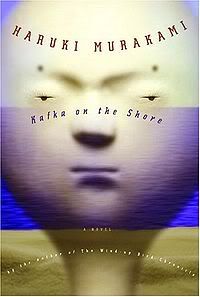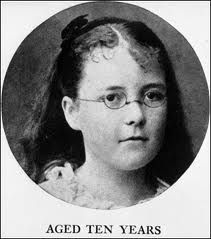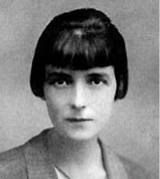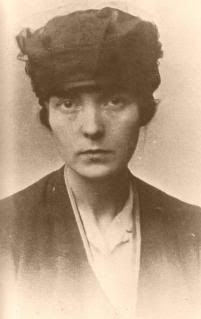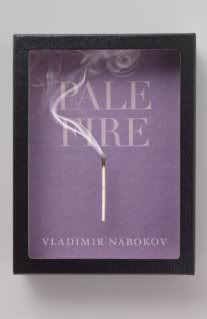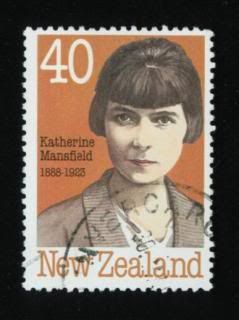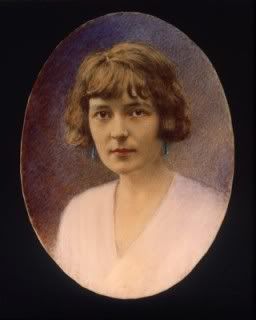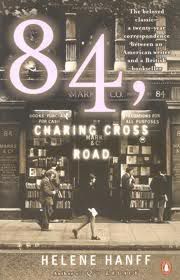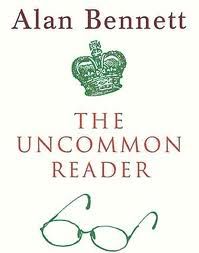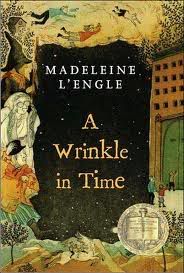Kafka on the Shore is the 9th work by Haruki Murakami (1949-Kyoto, Japan) that I have read in the last year. Obviously I greatly enjoy and appreciate his creations. Some of his work, including Kafka on the Shore is in the tradition of magic realism. He is a great story teller who explores the deeper themes of post WWII Japanese culture mixed in with surrealistic episodes, sexual encounters, history, reflections on literature, philosophy and popular culture that have made him a best selling author world wide. His books are all a lot of fun but they will make you think about broader issues and they do not shrink from the horrors that underpin the sunlit world of consumer Japan and the world beyond it. Many of the books, for sure including Kafka on the Shore, have symbolic themes and puzzles that those so inclined can have fun unraveling.
As soon as I read on the back cover of Kafka on the Shore (brilliant book title) that one of the central characters was a man who could speak to cats I knew I would like it. (There are a terrible few pages of violence against cats which I admit I skipped.) There are two central characters in this book. Kafka is a 15 year old runaway seeking his mother and sister. He ends up being sheltered in a marvelous private library run by a beautiful older woman (there is a " bookish boy's fantasy" theme found throughout the work of Murakami). Kafka begins to read the corpus of the great early 20th century writer Natsume Soseki. It is exciting to see young Kafka try to find his place in the world while living in a library curated by a beautiful older woman.
The second major character is Nakata, an older man who cannot read but who can speak to cats. He receives a small disability check from the government but his main income comes from his work as a tracker of lost cats. The story about how he lost a large portion of his intellectual capacity at age 16 is a great side story taking us back to WWII. Nakata had never been more than a few kilometers from his home until his most recent cat track assignment took him way outside the area he was comfortable in. He is befriended by a truck driver who helps him in his quest.
There are a number of philosophical references in the work. One of the minor characters is a beautiful prostitute who calms down excited customers by talking about philosophical issues. There are a lot of references to western music, from Beethoven to the Beetles.
Kafka on the Shore is a fun read. Murakami has a wild imagination. . There is really a lot to enjoy in this book and little to dislike. Parts of the book are very explicit sexually. You can tell Murakami really enjoys the physical beauty of women. The sex scenes are very erotic though told very much from a male point of view.
My next Murakami will be Hard-Boiled Wonderland and the End of the World.
Mel u

